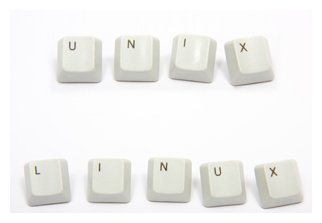Command Line Interface
cd - Change Directory
mkdir - Make Directory
tom$ mkDir photos
tom$ ls
Desktop Photos Documents
tom$ touch new_file
tom $ ls
Desktop Photos Documents new_file
tom$ cp new_file Documents
tom$ cd Documents
tom$ ls
tom$ new_file
tom$ mkDir More_Docs
tom$ cp -r Documents More_Docs
tom$ cd More_Docs
tom$ ls
new_file
tom$ cd..
tom$
Data Science Toolbox
Command Line Interface
